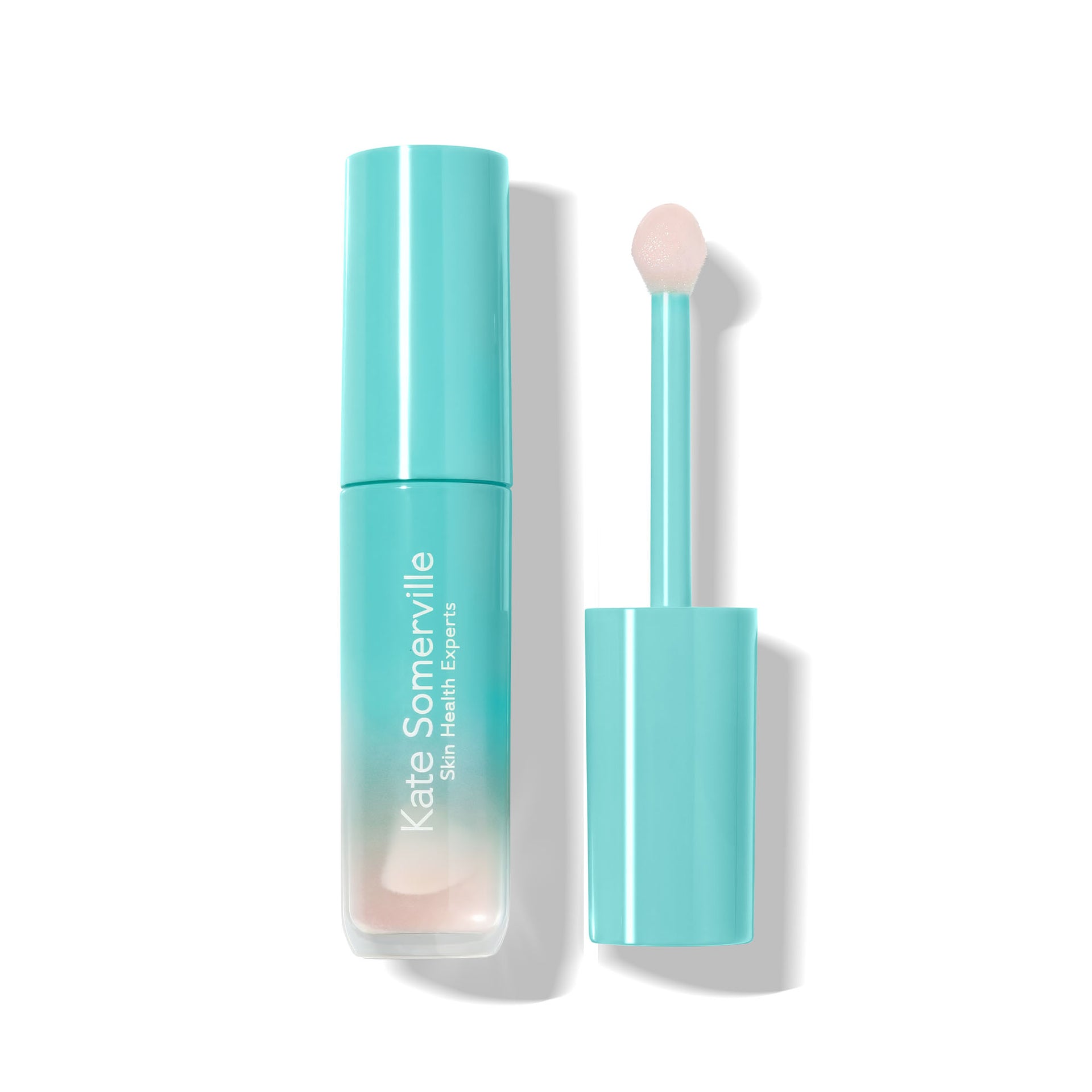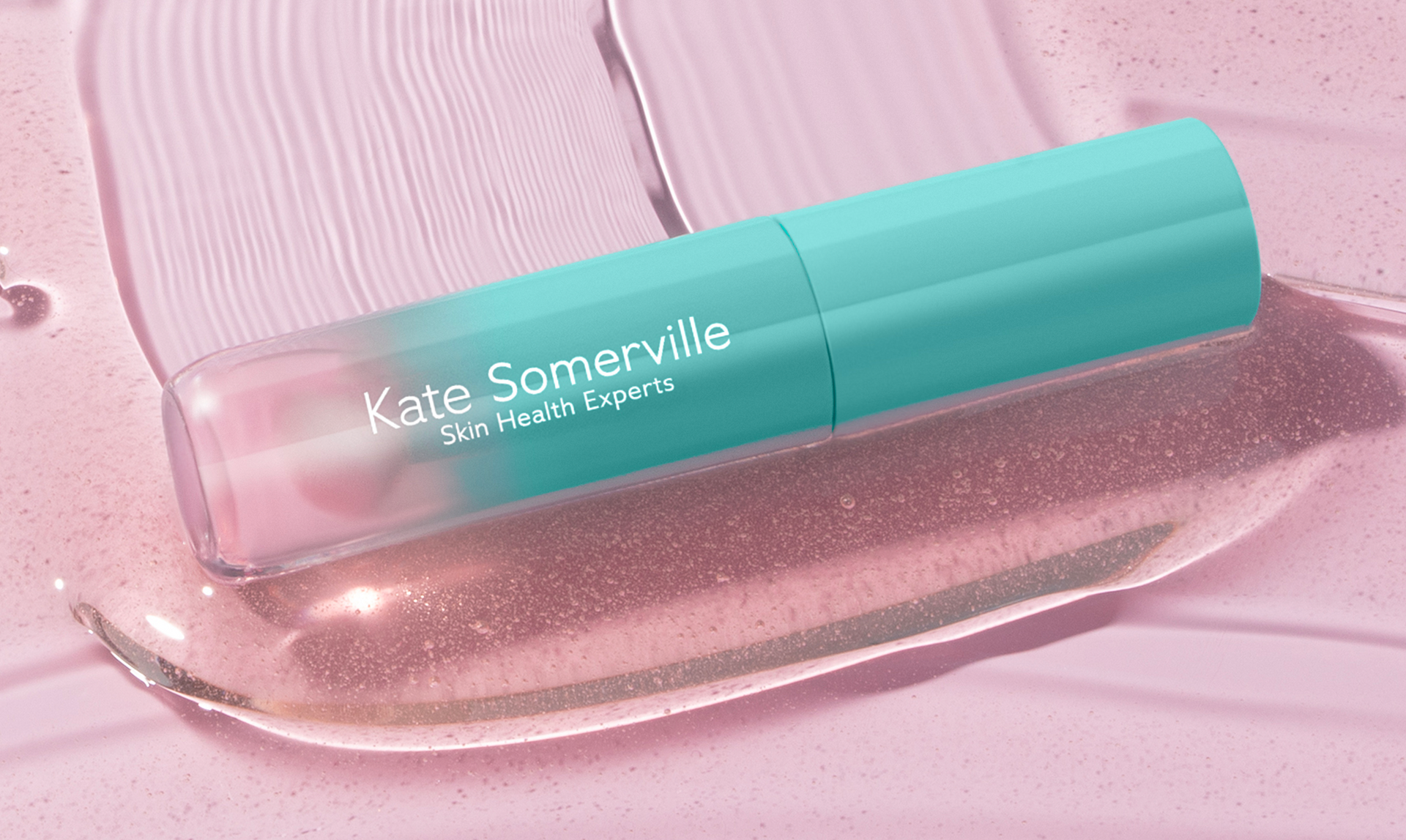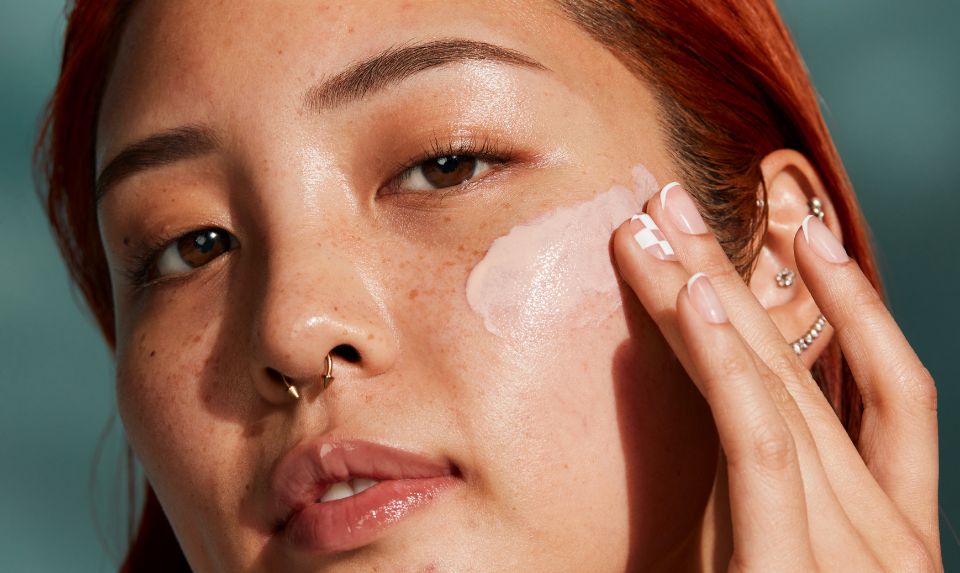Suffering from breakouts can be embarrassing at any age, but struggling with acne can be particularly frustrating during formidable teenage years. It can be hard for a parent to watch, and if your teen has an aggressive type of acne, you may find yourself at a loss for how to help them. Our Skin Health Experts treat acne and breakouts every day at our clinics in Los Angeles and New York. We know what works. And in this blog, we’re breaking down the most common causes of teenage breakouts, how to identify the type of acne your teen has, and the best acne treatment for teens.
Causes of Teenage Acne
In some cases, simply identifying the cause of your teen’s acne can help you identify the appropriate treatment. The teenage years come with a lot of changes internally and externally in your child’s body, which they may not know how to manage. It is important to keep this in mind as you work with your teen to address their breakouts as you may be required to have uncomfortable conversations about hormone changes, hygiene, and other sensitive topics. In working with our clients over the years, here are some of the most common causes of teenage acne we have seen.
Puberty
Perhaps the most readily identified change going on in your teen’s body is their changing hormones. Boys and girls both undergo significant adjustments to the levels of certain chemicals in their bodies, which may result in acne. If your daughter’s acne tends to worsen around her period, hormones may be the culprit. Similarly, if your son develops acne around the same time you notice his voice getting deeper and signs of facial hair appearing, puberty is likely to blame. This time of change can also make your teen’s skin more sensitive, oily or dry which means you will need to help them identify their skin type in order to select the right products for their treatment.
Poor Hygiene
During the teen years, your teen will likely need to adjust their hygiene habits as well. Androgens, specifically, result in the skin’s oil glands becoming larger and producing more sebum, which can clog the pores producing acne on their face as well as other areas such as their chest and back. If your teen does not develop a daily skincare routine for their skin type, breakouts can quickly spiral out of control. Similarly, young girls may begin to wear makeup in the teenage years. These cosmetic products can be damaging to the skin as well as clog up pores. You can help your teen prevent acne by teaching them how to properly cleanse, exfoliate, and moisturize their skin and remove impurities on a regular basis. This will also help minimize the possibility of bacteria on the surface of the skin that causes infections in the pores.
Poor Diet
As Skin Health Experts, we’re passionate about educating our customers and clients on the role food plays in healthy, beautiful skin. Like it or not, eating a lot of processed foods and sugar can directly impact the appearance of skin, and teens are particularly at risk. If your child is struggling with acne, try to assess their diet and look for excessive dairy, processed foods, or sugar along with a lack of fiber and vegetables. By making slight changes to the way your teen eats, you can help to minimize acne. Sugar, for example, causes insulin levels in the blood to spike, which can lead to increased oil production in the skin. These excess oils will clog your child’s pores and produce acne.
Stress
During the teen years, adolescents experience a significant increase in stress, which can influence their hormones and increase the presence of acne. Specifically, stress causes your child’s cortisol levels to rise, which has been linked to breakouts. If you suspect this may be a contributing factor to your teen’s acne, work with them to develop healthy stress management techniques and coping strategies they can use on a daily basis. This will arm them with important stress relief tools that will serve them well into adulthood.
Common Types of Acne
Though identifying the cause of your teen’s acne can help you determine the best treatment, understanding the different types of acne is also a critical factor. In general, acne is the result of clogged pores regardless of what causes those blockages. However, acne can manifest on the skin in a variety of ways, each requiring a unique treatment, and your child may suffer from more than one type.
- Blackheads: The direct result of pores clogged by excess oil and dead skin cells, blackheads are a type of non-inflammatory acne. As you might have guessed, they are characterized by the black or brown color seen on the surface of the skin. Though the pore is clogged, it remains open and as the debris in the pore is exposed to oxygen, it appears with such colorization.
- Whiteheads: Though also a type of non-inflammatory acne, unlike blackheads, whiteheads are closed on the surface of the skin with the clogged pore underneath giving the appearance of a bump. As the pore is closed, whiteheads are slightly harder to treat because the products will need to penetrate the skin in order to clean out and treat the pore. However, as non-inflammatory acne occurs closer to the surface of the skin, you may see the infection appear as a white head on the acne’s crescent.
- Papules: A type of inflammatory acne, meaning it is deeper into the pore, papules are the hard red bumps that are painful when touched. This occurs when the walls of the pore break down due to severe inflammation leading to a raised bump.
- Pustules: Similar to papules, pustules are also the result of the pore’s walls breaking down, but in addition, the pore is infected and filled with pus. The appearance of a pustule is what many would think of when imagining acne with the skin surrounding the pore becoming red and a yellow or white top at the surface.
- Nodules: Occurring much deeper under the skin’s surface, a nodule is the result of clogged and swollen pores. Given the depth of the infection, this acne cannot usually be treated at home and may demand professional help.
- Cysts: A cyst develops when the pore becomes clogged with bacteria, sebum, and dead skin very deep under the skin. This infection results in a large red or white bump on the skin with seemingly no opening and are often very painful to the touch. Cystic acne is considered the most severe form of acne and can be very difficult to treat.
Teenage Acne Treatment
Once you have identified the type of acne you or your teen has and the likely cause, you are ready to develop a treatment plan. We recommend working with a professional esthetician or dermatologist to create a customized plan and regimen for your specific child’s skin needs. However, here are some of the steps you can take at home to address your teen’s breakouts and treat their acne.
Develop a Daily Skincare Routine
Creating a regular skincare routine for teens is one of the most effective ways to help treat and prevent acne in your child. Educating yourself and them on the proper way to layer their products and helping to customize their skincare routine with specific ingredients will ensure that their skin gets the nutrients it needs while removing excess dirt that would otherwise clog pores. Here is a basic routine they can use morning and night:
- Cleanse: Regardless of skin type, your teen will always want to wash their face morning and night to remove excess dirt, oil, makeup, and other debris from the surface of their skin to prevent pimples. This will help remove impurities and prepare the skin for additional products and topical treatments.
- Toner: Particularly useful for acne-prone skin, a toner is designed to slough away residue left behind by the cleanser or water previously used. Toners can be formulated with specific ingredients that will help address acne and are an easy way to balance your teen’s skin while prepping it for acne treatment products.
- Exfoliate: A few times each week, your teen will want to exfoliate their skin to remove layers of dead skin cells that would otherwise clog pores and produce acne.
- Treatment: Depending on the severity of their acne, your teen will want to incorporate either a spot treatment or an all-over acne treatment. These products are specially formulated with ingredients such as sulfur or salicylic acid which penetrate into the pores and hair follicles and clean them out, visibly reducing the appearance of acne with just a few uses.
- Moisturize: Finally, it is essential that your teen keeps their skin hydrated by applying an oil-free moisturizer. Though it sounds counterintuitive, over drying the skin can result in increased oil production as it attempts to compensate for the lack of natural oils which you have stripped from the surface. This, in turn, can cause more pimples to develop.
Choose the Right Ingredients
The types of products your teen uses and their active ingredients will primarily be dependent on your child’s skin type. Choosing topical treatments that are not aggressive enough or too harsh for their unique skin could actually exacerbate their breakouts. Here are some tips for treating each type of skin:
- Oily Skin: If your teen has especially oily skin, you will want to look for ingredients that help to control oil such as benzoyl peroxide, which is particularly useful when treating mild to moderate acne. The key here is to follow any drying ingredients with a hydrating moisturizer so you do not inadvertently trigger the skin to produce even more oil.
- Combination Skin: A teen with patches of oily and dry or healthy skin will want to use products with ingredients like salicylic acid which are effective at clearing out clogged pores while simultaneously being gentle enough to use on dry skin.
- Dry or Sensitive Skin: In these cases, you will need to find products that hydrate as they treat the underlying acne and follow up with a moisturizer. Depending on the severity of your teen’s acne, salicylic acid may be suitable as an all-over treatment.
Work with a Professional
If after a few months of at-home treatments your teen’s acne has not improved, it may be time to seek the help of a professional. Whether you choose to go to a dermatologist or an esthetician, they will be able to help you identify the type of acne your child has and suggest an appropriate treatment plan. Specifically, a dermatologist may be able to prescribe medical-grade acne products while an esthetician may recommend regular facials with extractions to help reduce acne. This type of guidance can be invaluable in restoring the health of your teen’s skin and getting them on track to a clear, acne-free face.
Unfortunately, there is no single acne treatment for teens as every child’s skin is different and will respond uniquely to various techniques. As a result, you will have to work with your teen to experiment with products until you find what works for their skin.
Got questions? Want help customizing an acne-fighting regimen for your skin? Our Skin Health Experts are here to help. And of course you can always shop our acne-fighting products online. We’d love to help you discover how healthy and beautiful your skin can look!



















